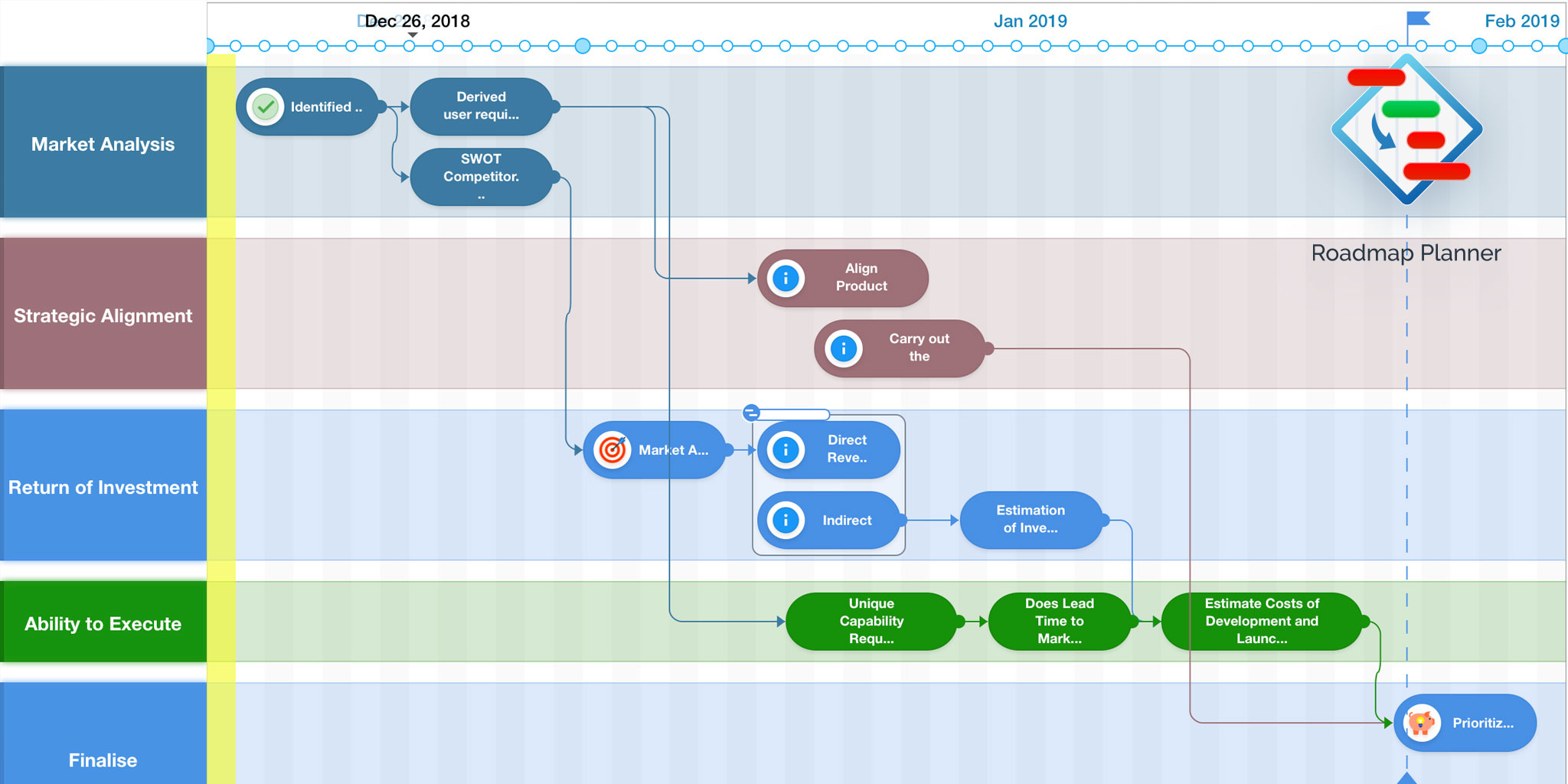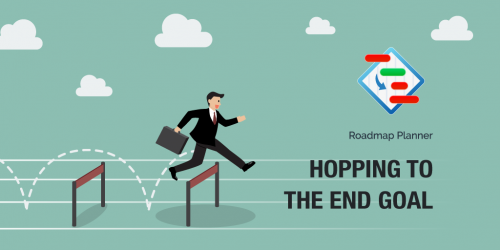
How to Build a Product Roadmap with Roadmap Planner
Reading Time: 3 minutesUpdated on Feb. 07, 2020: We’ve stopped support of Roadmap Planner but the Roadmap feature is now available in our new goal-oriented platform – Goals by KeepSolid. This business solution provides the same opportunities to plan and execute your strategies and even more. Check out Goals by KeepSolid and stay tuned for its updates!
Creating a high-level product roadmap with dedicated apps will significantly reduce the chance of taking the wrong business turn. It is crucial if you wish to reach the final destination with minimal detours. This guide will show you how to create a viable product roadmap using Roadmap Planner as an example. This software will help you define where your business is, where you want it to be, and how to get there. Follow these 8 steps and see how easy it is.
Get Roadmap Planner for FREE and follow these 8 steps with us!
Step 1. Create a document
Each document is a separate logical set of interrelated projects, tasks, and goals. To make your document clear, we recommend naming projects in accordance with their activities. Here are some examples for your reference:
– If you have a software product company, you can name your projects: “Product 1”, “Product 2”, “Product 3”, etc.
– Trading companies may use names like “Increasing market share”, “Ensuring return on equity”, and “Selling new goods, at least _%”
– For a service company, the following projects might be an option: “Attracting clients”, “Increasing the provided service quality” “Working with standing customers”
Step 2. Add works
You can add as many goals, subgoals, and tasks as you need to reach a particular milestone. This will help you clearly see what you need to do, how much time you have, and which resources are required. Inasmuch as we talk about strategic planning it is not necessary to map out your activities too amply.
Step 3. Set milestones
For some, this is the first object they add to their projects to start the planning process. It serves as a measurable and high-level goal of your business that should be achieved within a particular period. If you need to notify your team about the deadline for some important event, meeting, or update of your product, use the Milestone feature and name it according to the goal.
Step 4. Add dependencies
Set a relationship between items to accurately monitor the sequence of their performance. You can move dependent items along the timeline or associate them with other tasks. These connections are what makes managing goals in Roadmap Planner so productive.
Step 5. Define scopes
Organize all your tasks, goals, and milestones into thematic units. They will form a visible framework to make your roadmap easier to understand and the progress easier to track. Centralizing tasks this way is a great help for a manager.
Step 6. Add backlog tasks
This feature allows you to sketch out all the ideas arising during meetings and brainstorms. It ensures you keep up with all the details of a particular suggestion even long after the event. When the time comes and you’ve decided who should be assigned to a specific task and what resources you need for this, move the task from the backlog to the timeline. Now you will react to any changes in the market conditions in a timely manner and more efficiently.
Step 7. Broadcast your strategic plan
Presentation mode is a smart solution to help everyone involved to be on the same page. It’s a way to share your strategic vision and long-term goals of your business. After drafting the initial plan, present your roadmap to colleagues and stakeholders. A joint discussion might help you identify some important points that were missed, adjust the sequence of works, and make other improvements if necessary.
Step 8. Share your roadmaps
Considering the amount of changes originating in different departments throughout the course of a work, it’s not uncommon to get drawn away from the truly important things. As a result, providing all teams with updated and accurate information about every aspect of the development becomes a great challenge. Here is where Roadmap Planner will step up with its Collaboration feature. Share and communicate the product’s progress and plans for the future to all stakeholders, which will help keep them engaged and up-to-date.


